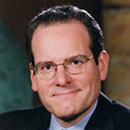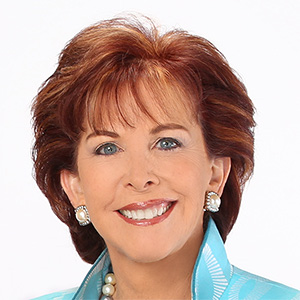Michigan economist says path to US economic growth in 2025 remains amid recession fears
Published in Business News
ANN ARBOR, Michigan — An economist with the University of Michigan says he believes there's still a path to U.S. economic growth in 2025, even as risks of recession rise from tariffs.
The new import taxes imposed by President Donald Trump have contributed to declines in consumer sentiment indexes and fears that the United States' economy could shrink. But Gabriel Ehrlich, director of Michigan's Research Seminar in Quantitative Economics that produces U.S. and Michigan economic forecasts, says underlying metrics have held up, particularly in the labor market.
"The economic uncertainty confronting the business community, nonprofit organizations and government leaders is a headwind to growth," Ehrlich said Thursday at Washtenaw Community College in Ann Arbor. "I continue to believe that there's a path to the economy to keep growing this year, but I do acknowledge that the risk of a recession has risen."
The U.S. unemployment rate in March was 4.2%, up from 3.9% a year prior. Last month, unemployment insurance claims grew to 2.3 million, up from 2.1 million a year prior. The Dow Jones Industrial Average is down 6% year-to-date, though it's up more than 4% year-over-year. The Federal Reserve Bank of Atlanta on Thursday also updated its economic growth forecast, projecting a 2.5% decrease in gross domestic product in the first quarter of 2025.
These are all "warning signs," Ehrlich said, but they're not a flashing alarm: "The economy came into 2025, and there's a lot of momentum."
The RSQE in February had forecasted 2.4% growth in U.S. economic activity in 2025 and 2.1% in 2026. That, however, didn't factor in broad automotive tariffs or widespread duties on trading partners, particularly in North America.
In March, Trump imposed a 25% tariff on imports from Canada and Mexico, though days later he added an exemption for goods compliant with the United States-Mexico-Canada trade agreement he signed in 2020. Earlier this month, a 25% tariff on imported vehicles also took effect and then a baseline 10% was imposed on most countries around the world. A 25% tariff on certain auto parts is expected to take effect May 3, though Trump has suggested he could relax that measure.
As a result, Ehrlich suggests economic growth likely won't be as high as forecasted in February. Many companies, however, frontloaded orders in an effort to beat tariffs. Therefore, economic growth could slow in the rest of 2025 closer to 2%.
The optimism, Ehrlich noted, is supported by the expectation of continued rate cuts by the Federal Reserve, though at a slower pace than what had happened last fall, and additional longer-term interest rate declines. Additionally, the economists predicted roughly $200 billion in tax cuts across 2026 and 2027 to stimulate the economy and offset tariff costs.
Michigan remains more vulnerable to economic swings, Ehrlich said, because of the high presence of the cyclical automotive industry there, even though the state has diversified its economy over time.
Tariffs protect domestic vehicle production, Ehrlich said, but also increase costs for domestic production because of the internationally interconnected supply chain of vehicles and face retaliation that could hurt vehicle production from fewer exports as well. Ehrlich predicts vehicle production will decline this year if the tariffs stay in place as is.
"In the longer run," Ehrlich said, "scenarios that feature retaliation from our trade partners tend to result in a net loss of production in the domestic auto industry, even after supply chains have adjusted."
©2025 www.detroitnews.com. Visit at detroitnews.com. Distributed by Tribune Content Agency, LLC.












Comments